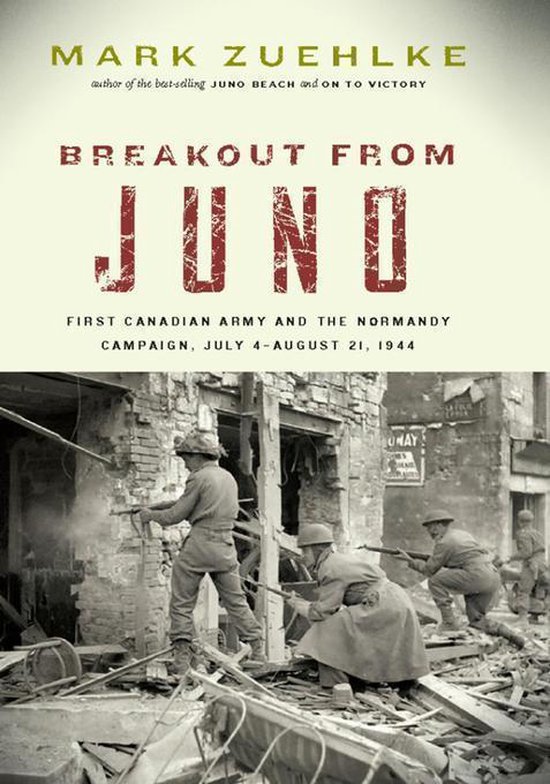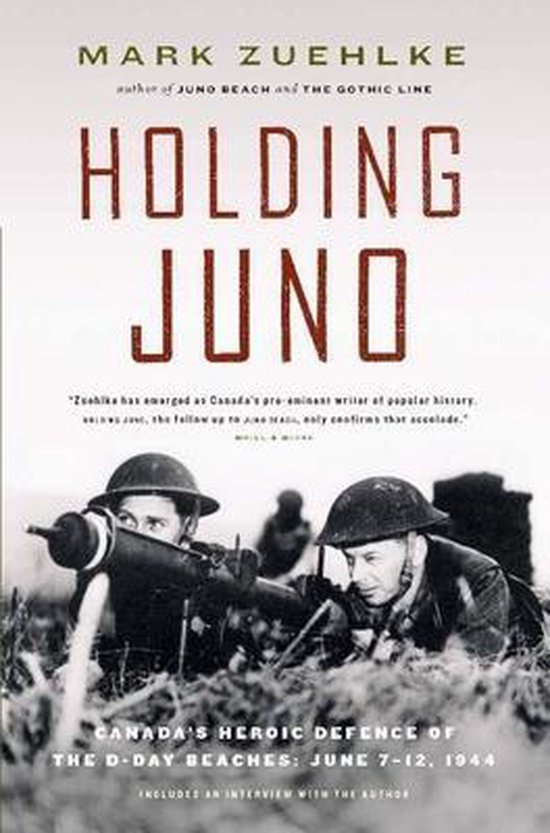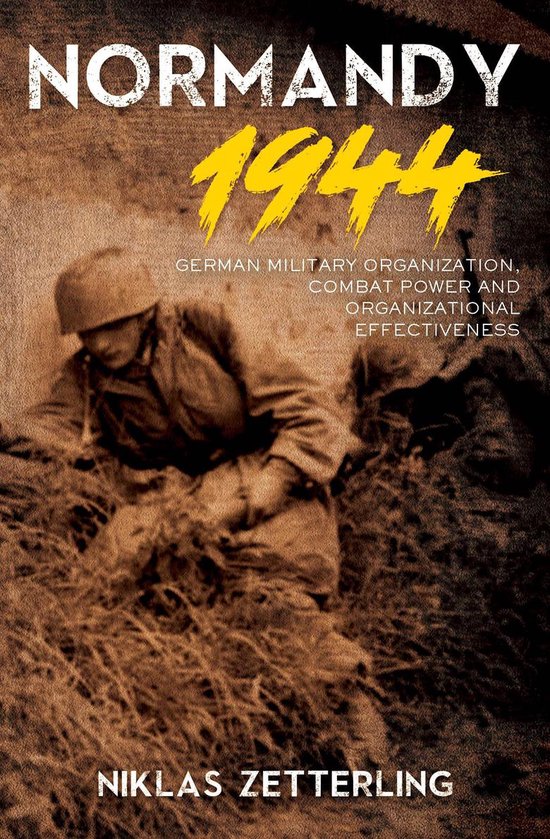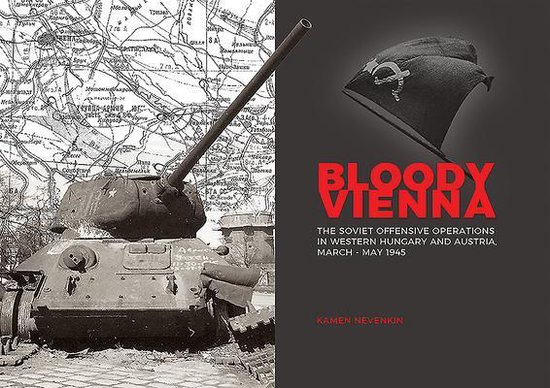
Breakout From Juno
With its trademark "you are there" style, Mark Zuehlke's ninth book in the Canadian Battle Series chronicles the First Canadian Army's bitter and costly combat debut in World War II - the breakout from Normandy's beaches to the closure of the Falaise Gap. On July 4, 1944 - after a month-long stalemate - 3rd Canadian Infantry Division attacked the village of Carpiquet and adjacent airfield. In a fierce battle against the fanatical 12th SS (Hitler Youth) Panzer Division, the Canadians won the village but not the airfield. A speedy victory had been anticipated. Instead, they faced a bloody fight to win a very small piece of real estate - a precursor of what lay ahead in the ensuing weeks.
Hitler had ordered the beachhead contained at all costs, arraying his finest armoured divisions so that they squared off against the Canadian divisions in one battle after another. The Canadians advanced relentlessly, but at a great cost in bloodshed. Initially, only 3rd Division - which had assaulted Juno Beach on June 6 and been locked into a six-day battle with the Germans - was involved. But in a couple of weeks the other two Canadian divisions - 2nd Infantry and 4th Armoured along with a Polish division and the British divisions of I British Corps came together as First Canadian Army. For the Canadian generals involved it was not an entirely happy reunion. Rivalries abounded. Lieutenant General Guy Simonds considered many of his subordinates barely competent, while they found him an intolerant leader. In turn, his relationship with his superior, Lieutenant General Harry Crerar, was fraught with mutual distrust.
While their generals wrangled and planned, the soldiers fought within a narrow landscape extending a mere twenty-one miles from Caen to Falaise. It took five days for Canadian and British divisions to capture the city itself, a place destroyed during a two-day Allied bombing raid. But Caen was also a hinge on a geographic door that had enabled the Germans to pen up the British-Canadian forces inside the beachhead. When Caen fell, that door was kicked open.
Yet the way to Falaise was still barred by a series of low ridges between which lay long stretches of open field - perfect killing grounds that would catch anyone advancing across them. The kidney-shaped Verrières Ridge stood directly in the Canadian path. Under drenching summer rains, the Canadians fought a two-day battle for the ridge, starting on July 21. Winning it cost 1,500 Canadian casualties.
More bloody battles followed, until finally, on August 21, the narrowing gap that had been developing at Falaise, through which the German army was desperately trying to flee north to the Seine River, closed when American and Canadian troops shook hands. The German army in Normandy had been destroyed, only 18,000 of about 400,000 men escaping. The Allies suffered 206,000 casualties, of which 18,444 were Canadians. Breakout from Juno is a story of uncommon heroism, endurance, and sacrifice by Canada's World War II volunteer army.
Hitler had ordered the beachhead contained at all costs, arraying his finest armoured divisions so that they squared off against the Canadian divisions in one battle after another. The Canadians advanced relentlessly, but at a great cost in bloodshed. Initially, only 3rd Division - which had assaulted Juno Beach on June 6 and been locked into a six-day battle with the Germans - was involved. But in a couple of weeks the other two Canadian divisions - 2nd Infantry and 4th Armoured along with a Polish division and the British divisions of I British Corps came together as First Canadian Army. For the Canadian generals involved it was not an entirely happy reunion. Rivalries abounded. Lieutenant General Guy Simonds considered many of his subordinates barely competent, while they found him an intolerant leader. In turn, his relationship with his superior, Lieutenant General Harry Crerar, was fraught with mutual distrust.
While their generals wrangled and planned, the soldiers fought within a narrow landscape extending a mere twenty-one miles from Caen to Falaise. It took five days for Canadian and British divisions to capture the city itself, a place destroyed during a two-day Allied bombing raid. But Caen was also a hinge on a geographic door that had enabled the Germans to pen up the British-Canadian forces inside the beachhead. When Caen fell, that door was kicked open.
Yet the way to Falaise was still barred by a series of low ridges between which lay long stretches of open field - perfect killing grounds that would catch anyone advancing across them. The kidney-shaped Verrières Ridge stood directly in the Canadian path. Under drenching summer rains, the Canadians fought a two-day battle for the ridge, starting on July 21. Winning it cost 1,500 Canadian casualties.
More bloody battles followed, until finally, on August 21, the narrowing gap that had been developing at Falaise, through which the German army was desperately trying to flee north to the Seine River, closed when American and Canadian troops shook hands. The German army in Normandy had been destroyed, only 18,000 of about 400,000 men escaping. The Allies suffered 206,000 casualties, of which 18,444 were Canadians. Breakout from Juno is a story of uncommon heroism, endurance, and sacrifice by Canada's World War II volunteer army.
| Auteur | | Mark Zuehlke |
| Taal | | Engels |
| Type | | E-book |
| Categorie | | Geschiedenis |


